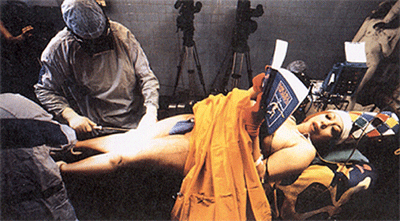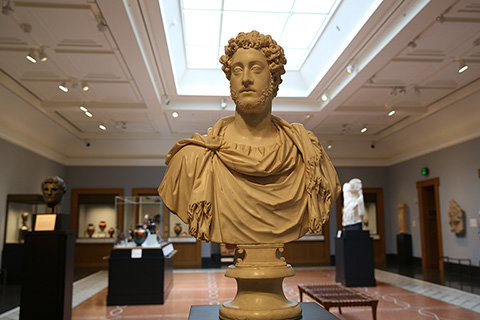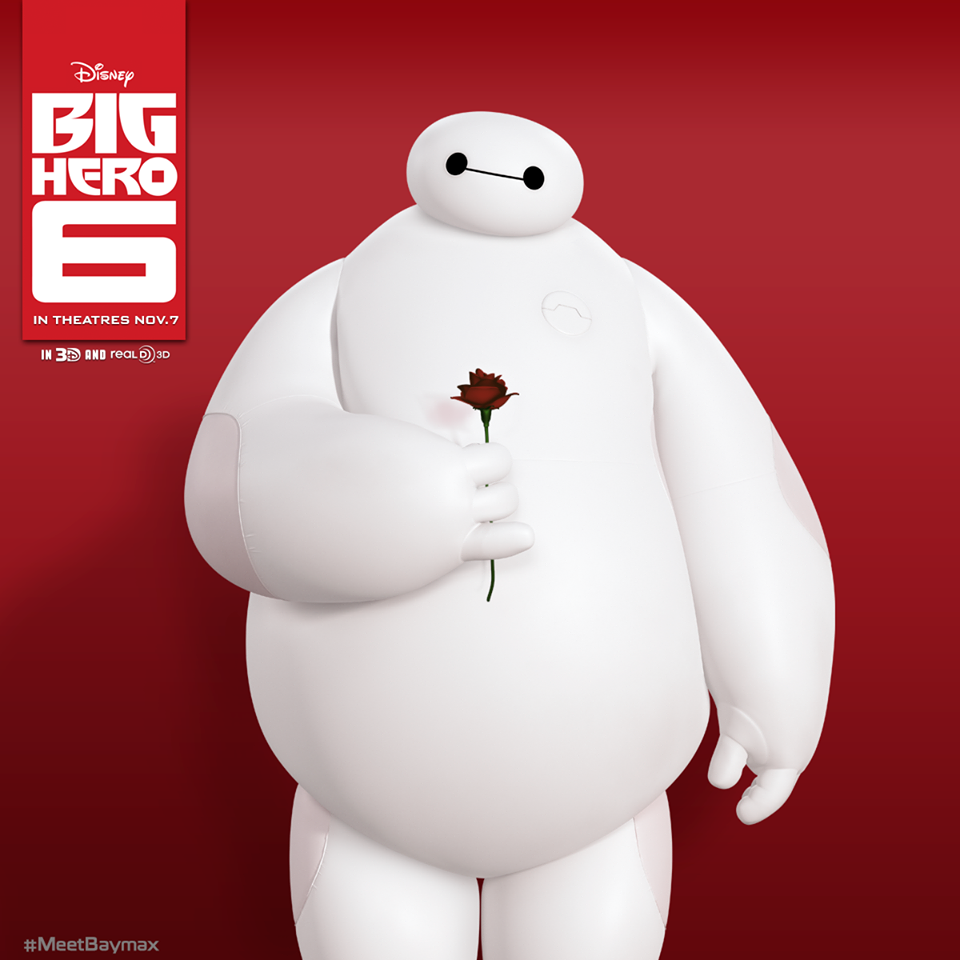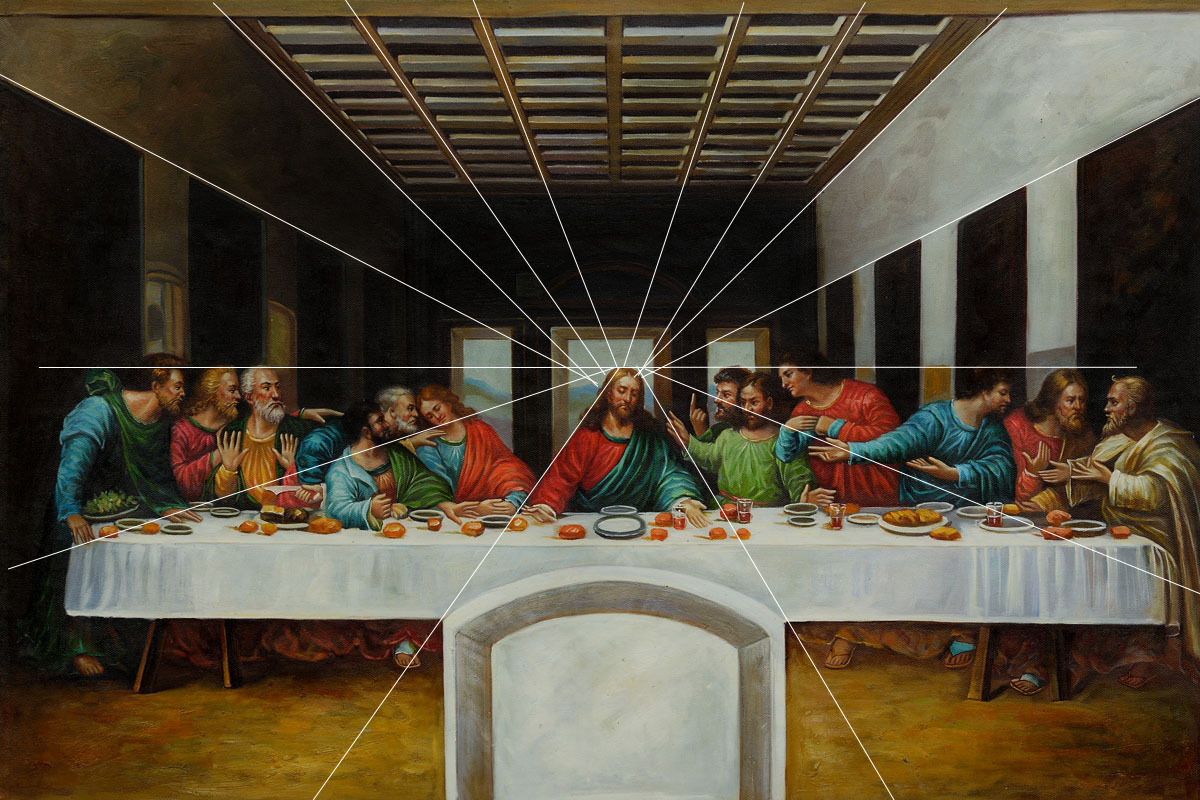After watching this week’s lectures, I understand how art
has influenced medicine and technology (Med Tech) and vice versa. They have
grown hand-in-hand dramatically since World War I, although reconstructive surgery
and studies of anatomy date as far back as the Egyptians and Ancient Greeks.
Today, we see the intersection of medicine and art through the use of MRI’s and
CT scans, which take pictures of the human body to help doctors diagnose patients
without any invasive procedures.
Dictionary.com defines the term medicine as the “art or science of restoring or preserving health…
by means of drugs, surgical operations or appliances, or manipulations.” The term
is derived from the Latin ars medicina
which means the art of healing. This
definition even extends to the Hippocratic Oath, which represents the “ideal
conduct for the physician” abides by this definition, and even synonymously
replaces the word “medicine” for “art” in many places.
“In purity and holiness I
will guard my life and my art.”
It makes sense then, that you can improve the patient
experience by including art. One example of the intersection between art and
medicine technology is the practice of music therapy. Music therapy is an
established health technique in which music is used “to address physical, emotional, cognitive,
and social needs of individuals” (American Music Therapy Association). In patients with dementia, a
disease associated with loss of cognitive functions such as decision making and
judgment, music therapy has been able to reduce aggressive behavior and improve
cooperation with daily tasks. Patients with autism have shown increased
interest and response when practicing verbal and nonverbal communication skills
to music.
Another example of an artist influenced by MedTech is Orlan,
a French artist who’s art gallery was an operating room where she would undergo
plastic surgery while reading philosophical literature. Orlan commented on the
idea of physical beauty by undergoing 9 surgeries to recreate the beauty of
renowned paintings (Akman). She took the forehead of Da Vinci’s Mona Lisa and chin of
Boticelli’s Venus among other works.
Much of my time taking art classes in high school revolved
around drawing the human body from live subjects, so I understood how medicine has played a role in art. However, it was only after this week’s lecture did I learn
that art and science are interdependent but inseparable.
References:
Akman, Kubilay. "Surets of Orlan." Izinsiz Gosteri. Izinsiz Gosteri, 11 Apr. 2005. Web. 25 Apr. 2015. <http://www.izinsizgosteri.net/asalsayi37/Kubilay.Akman_ing.37.html>.
"American Music Therapy Association." FAQ's. American Music Therapy Association, n.d. Web. 25 Apr. 2015. <http://www.musictherapy.org/faq/#267>.
Judd, Ryan. "How Does Music Therapy Benefit Children with Special Needs?"YouTube. YouTube, 1 Apr. 2013. Web. 25 Apr. 2015. <https://www.youtube.com/watch?v=wXcmWwSQGI4>.
"Medicine." Wikipedia. Wikimedia Foundation, n.d. Web. 25 Apr. 2015. <http://en.wikipedia.org/wiki/Medicine>.
Rae, Charlotte. "Charlotte Rae." Cambridge Neuroscience. University of Cambridge, n.d. Web. 25 Apr. 2015. <http://www.neuroscience.cam.ac.uk/directory/profile.php?clr50>.
Tyson, Peter. "The Hippocratic Oath Today." PBS. PBS, 27 Mar. 2001. Web. <http://www.pbs.org/wgbh/nova/body/hippocratic-oath-today.html>.
Ulbricht, Catherine. "Music Therapy for Health and Wellness." Psychology Today: Health, Help, Happiness + Find a Therapist. Natural Standard, 21 June 2013. Web. <http://www.psychologytoday.com/blog/natural-standard/201306/music-therapy-health-and-wellness>.












